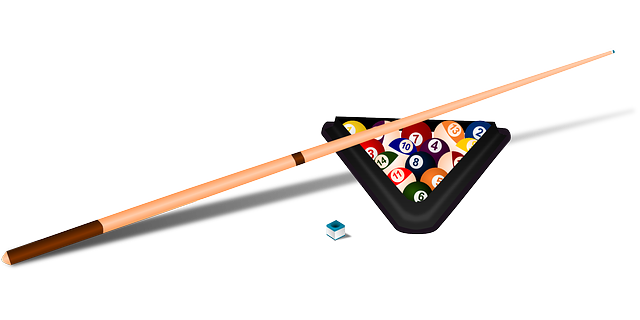To safely and efficiently move a pool table, follow these steps:
1. Gather tools: Wrenches, screwdrivers, dollies, and protective gear.
2. Clear items: Remove all loose objects from the table.
3. Disassemble legs: Securely take apart the legs, tracking parts for reassembly.
4. Wear protection: Use gloves and consider a helper to prevent accidents.
5. Organize components: Place parts in labeled bags for easy reassembly.
6. Assess table & environment: Inspect for damage, measure clear paths, and secure accessories.
7. Prepare for transport: Use dollies and protective covers to safeguard the table.
8. Disassemble carefully: Secure loose items, then take apart legs and frame while covering cushions.
9. Label components: Mark each part clearly for straightforward reassembly.
Moving a pool table can be a daunting task, but with proper preparation, it doesn’t have to be. This comprehensive guide will walk you through the process of disassembling and securely transporting your pool table for a smooth move. From assessing the table’s condition and gathering essential tools to packing and labeling each component, we’ll cover everything you need to know to make the easiest way to move a pool table a successful one.
- Preparation and Safety Measures
- – Assessing the table's condition and environment
- – Gathering necessary tools and materials (e.g., dollies, protective covers)
Preparation and Safety Measures

Before disassembling your pool table for moving, prepare by gathering necessary tools such as wrenches, screwsdrivers, and dollies. Protecting your table and its components from damage during the process is crucial. Start by removing all loose items like balls, cues, and accessories. Next, carefully take apart the legs, ensuring each section is secured with specific screws or bolts; these must be kept track of to facilitate reassembly.
Safety measures are paramount. Wear gloves to protect your hands from nicks and cuts, especially when dealing with sharp edges or small parts. A helper can assist by holding sections steady as you work, reducing the risk of accidents or drops. Keep a well-organized collection of all parts in labeled bags for easier reassembly at your new location, making it the easiest way to move a pool table.
– Assessing the table's condition and environment

Before disassembling your pool table for moving, it’s crucial to assess its condition and the environment it currently occupies. Start by inspecting the table for any signs of damage or wear. Check for loose or broken parts, especially the rails and legs. Ensure all accessories like balls, cues, and triangles are secured in separate containers to avoid loss during transit.
Additionally, consider the space you’re moving from and to. Measurements are key here. Ensure the table can fit through doors, hallways, and staircases without damage or needing to be disassembled further. Planning a clear path will make the relocation process smoother, ensuring the easiest way to move a pool table is with proper preparation and careful consideration of both the table’s condition and your surroundings.
– Gathering necessary tools and materials (e.g., dollies, protective covers)

Before disassembling your pool table, ensure you have all the necessary tools and materials on hand. This includes dollies, protective covers, and any specialized equipment recommended by the manufacturer. Dollies are crucial for safely moving heavy pieces; they provide a stable base to support the table during transport. Protecting covers, typically padded or thick fabric, safeguard both the table and your walls or floors from scratches or dents during the move. These essentials make the disassembly and reassembly process smoother and reduce the risk of damage.
Additionally, have a clear plan for each step of the disassembly. Know exactly what order to remove different parts; this prevents confusion and potential harm to the table. Start by securing loose items like balls and cues, then carefully take apart the legs and frame. Protect the cushions with covers or blankets to avoid them getting damaged or soiled during the move. Each component should be marked or labeled for easy identification, making reassembly a breeze when you reach your new location.
Moving a pool table requires careful preparation and a systematic approach. By assessing the table’s condition and ensuring you have the right tools, like dollies and protective covers, you can safely disassemble and transport your table with ease. Following these steps, you’ll be able to navigate the process efficiently, minimizing potential damage and stress during the move, making it the easiest way to move a pool table.
